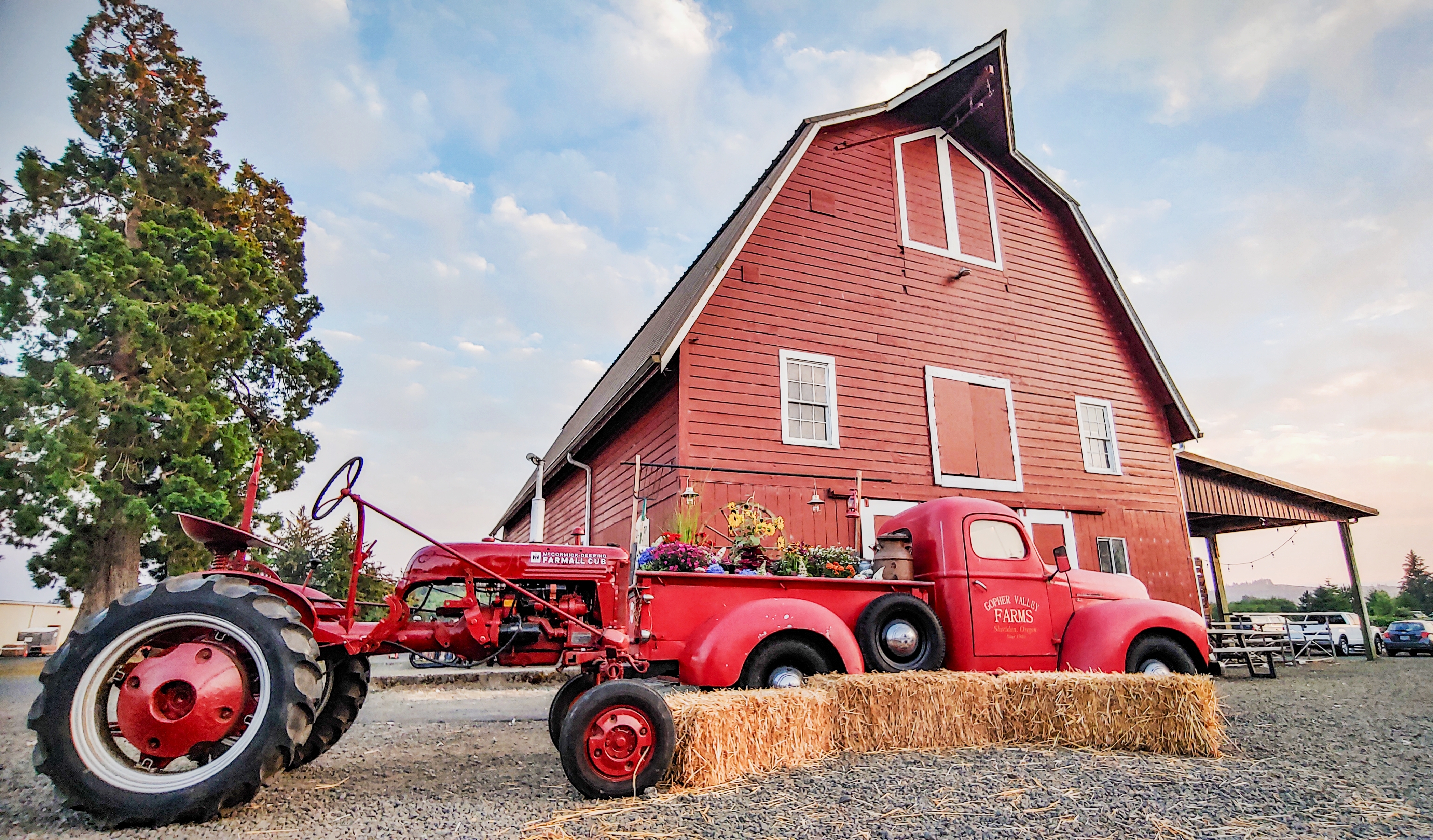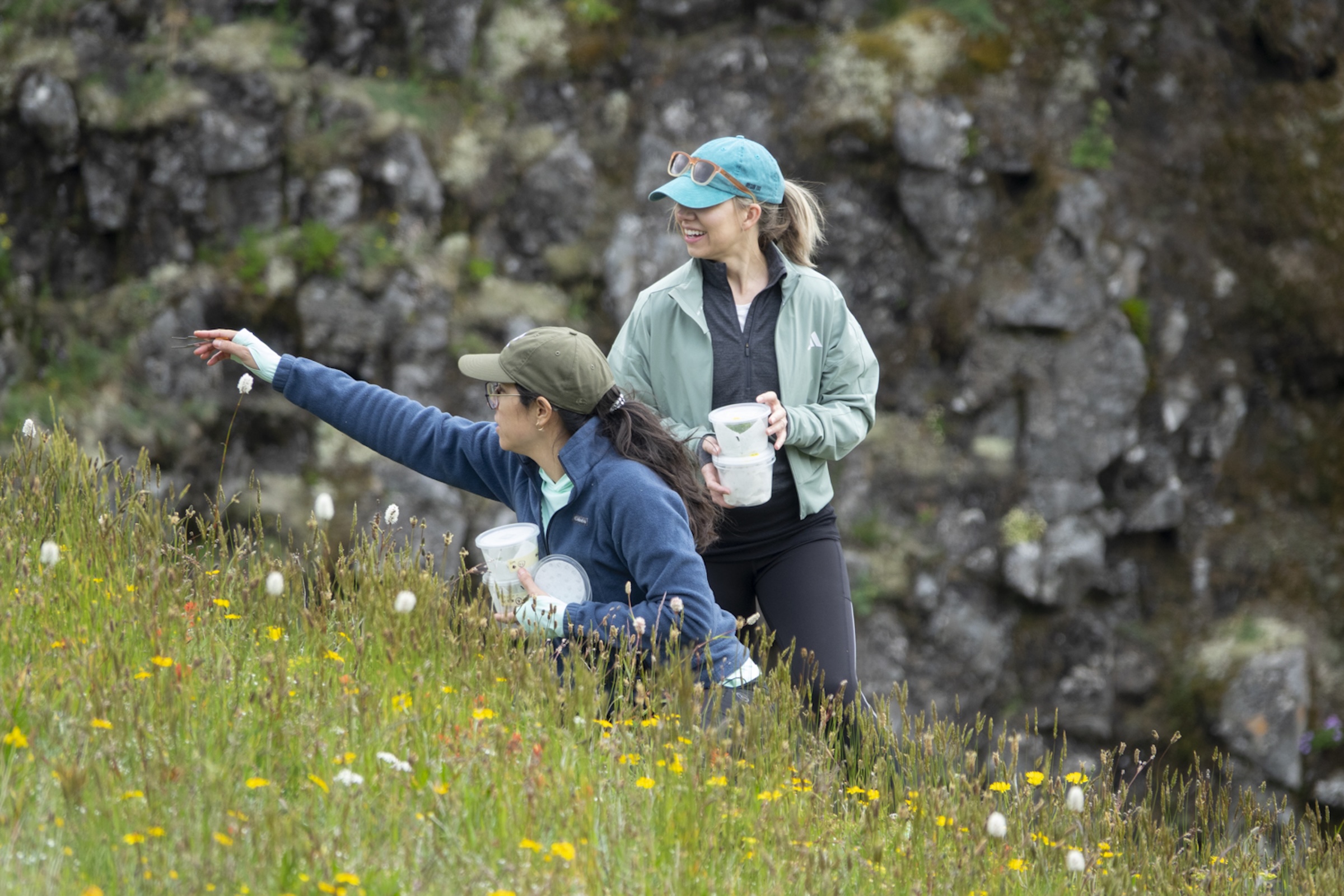‘Fire!’ exhibit highlights history, losses and technology
Published 9:00 am Wednesday, February 2, 2022

- The Sore Thumb Tavern after a fire in 1982.
Living along the Pacific coast, the destructive forces of nature people tend to think about most are storms and floods — and, of course, tsunamis.
Trending
But fires have also been a constant presence in the Columbia-Pacific region, including lightning-strike wildfires, controlled vegetation burns by Indigenous people, and more recent conflagrations that destroyed entire homes, hotels and other buildings.
These structural fires are the focus of “Fire!” the Columbia Pacific Heritage Museum’s latest exhibit, on view now.
In a span of a century, several significant fires tore through hotels, canneries and other businesses; the exhibit highlights thirteen of the most notable.
Trending
After Pacific County Fire District No.1 requested records about historic fires, museum curator Betsy Millard realized there were enough photos and artifacts to create a unique display. Before and after image collections highlighted a central purpose Millard had for the exhibit, to illustrate “the idea of how fire changes our landscape and changes not just landscape, but towns, and views.”
The downstairs exhibit room is completely encircled by a series of images arranged in simple black frames, accompanied by interpretive placards. Just inside the door, one can start with the largest and most notorious fire of all, which consumed the entirety of downtown Nahcotta in January 1915. So complete was the damage that the business district was never rebuilt, and only a few old pilings in Willapa Bay mark its location.
More photos show the devastation fire brought to Ilwaco and Nahcotta schools, Knappton Mill, the Bloomer Cranberry Warehouse and more recent losses like the Sore Thumb Tavern, Seaside Inn and the Ilwaco Fire Department that burned in 2006.
The exhibit also highlights those who worked to protect residents, their homes and businesses. Historic pictures of the Long Beach Volunteer Fire Department, the Ocean Park Fire Department and Ilwaco Hook & Ladder Co. No. 1 show these people often standing by the trucks that helped them answer emergencies.
Physical artifacts, carefully displayed under plexiglass covers, are the most poignant items. China dishware pulled from the burnt remains of the Breakers Hotel hint at the luxurious setting that was lost forever, while a pile of coins fused together by heat attest to the ferocity of the flames that consumed the Trondsen-Peterson store (now Jack’s Country Store) in Ocean Park. In the opposite corner, a pedestal holds the half-melted handset of an old yellow telephone. Contractor Joe Gisler used this phone to call for help when Sid’s Market in Seaview caught fire in May 1969. Millard talked about how owner Sid Snyder, who also worked and later served in the Washington state Legislature, kept the phone “in the dining room buffet, and he’d haul it out and tell the story,” she said. “I love the idea these objects are what hold the story. Photos obviously do, but the actual phone, and to see it all burned up like that.”
At the center of the exhibit is a tribute to recently retired Ilwaco Fire Chief Tom Williams, whose tenure with the department spanned nearly half a century from the time he first volunteered in high school. The display includes his remarks about how much firefighters’ gear and other supplies have improved over the years, how little they had to work with when he first started and the advocacy needed to make improvements. One of his helmets accompanies his photo in the case.
Missing are images and artifacts of house and dune fires. While high profile disasters are the focus of the exhibit, Millard pointed out that they don’t negate the impact of smaller fires then or now. In fact, the initial records request included pictures of dune fires to help compare conditions several decades ago when today’s fire laws were passed, versus today when there are more people with beach fires and fireworks, and larger swaths of invasive — and flammable — beach grass.
But people are less likely to take photos of these smaller fires, and museums are reliant on what the community offers them. “People give us photos for our collection; if we don’t have photographs (of a particular fire), it’s harder to tell the story,” Millard said. “The fact that people saved these images and gave them to us has been wonderful and allows us to talk about this.”
Open now through Feb. 26
Columbia Pacific Heritage Museum
115 Lake St. SE, Ilwaco
Open 10 a.m. to 4 p.m. Wednesday through Saturday
www.columbiapacificheritagemuseum.org or 360-642-3446









